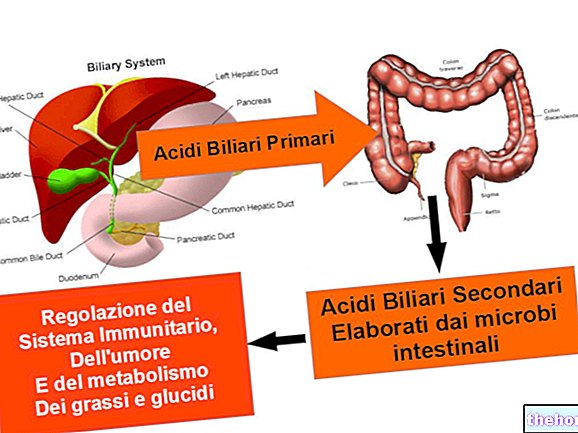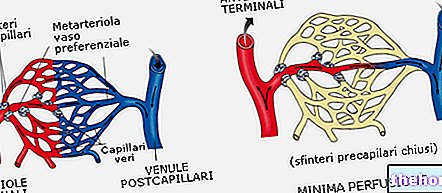"Sweating
The apocrine glands are not to be confused with the sweat glands, from which they differ in many respects. First of all, the apocrine glands are always associated with a hair follicle and also have a different location than those responsible for the production of sweat.

While the secretion of the sweat glands is particularly fluid and transparent, that of the apocrine glands is viscous, milky and easily malodorous. If this secretion is not completely removed or diluted by sweat, it even solidifies.
Finally, the secretory activity of the apocrine glands is discontinuous and extremely modest, especially when compared with that of the sweat glands. Despite its larger size, even when strongly stimulated, an apocrine gland still produces a reduced secretory volume.
As the name implies, the secretion mechanism of these anatomical structures is apocrine. Basically, it is a particular secretory modality, which consists in the loss of the cell apex and its expulsion together with the secretion.
The apocrine glands located in the skin are stimulated by adrenergic sympathetic nerve fibers, in turn activated in response to stress and emotional or painful stimuli.
The apocrine glands remain inactive until the moment of puberty, when they respond positively to the "hormonal storm" that characterizes this delicate moment of life. The apocrine glands are numerically superior in women, where their activity is influenced by numerous factors; if on the one hand they are more active in the days preceding menstruation, on the other they reduce their secretion during pregnancy and after menopause.
Female apocrine glands are more numerous but less active than male ones. In men, due to a greater skin bacterial flora, their secretion is degraded more easily. For this reason, generally, men have a more unpleasant smell than women.
The apocrine secretion contains pheromones, for which it is also attributed a function of sexual appeal. The human being is however not very sensitive to these odorific stimuli, especially since he has learned to mask them through frequent washing, various perfumes and deodorants.
In the human species the apocrine glands do not have a thermoregulatory function, contrary to what happens in other animals (for example horses).
Bromhidrosis
This term indicates a condition characterized by profuse sweating and bad odor. The main cause of bromhidrosis is the increased decomposition of the apocrine secretion, operated by the bacterial flora normally present on the skin.
The bad smell is given by the presence of substances such as amines, ammonia and mercaptans (deriving from protein decomposition), but also by the presence of short-chain fatty acids (in particular caprylic and butyric), which come from the hydrolysis of triglycerides.
Sebum and sebaceous glands "




























